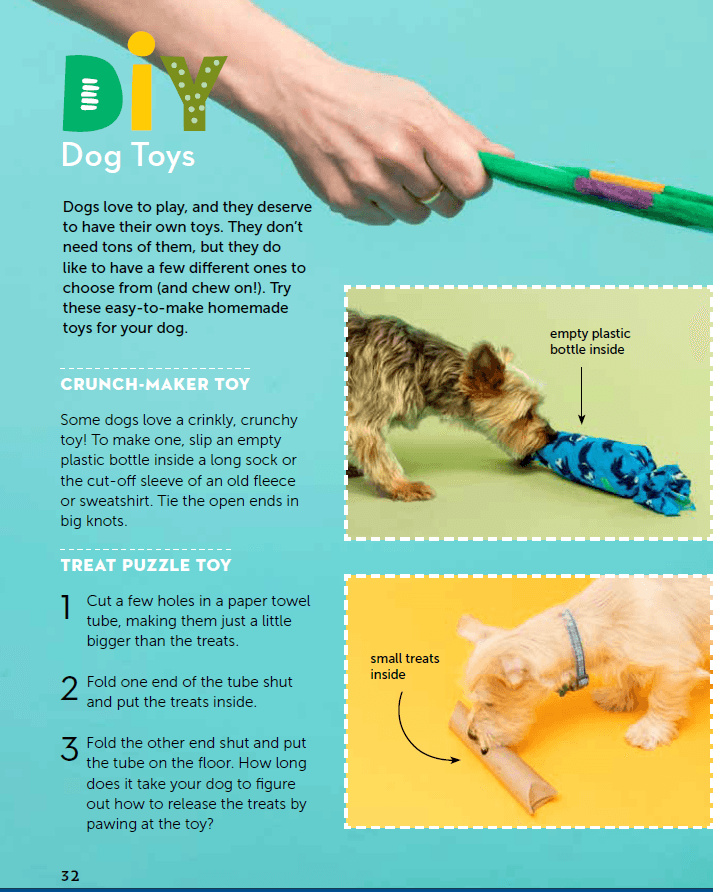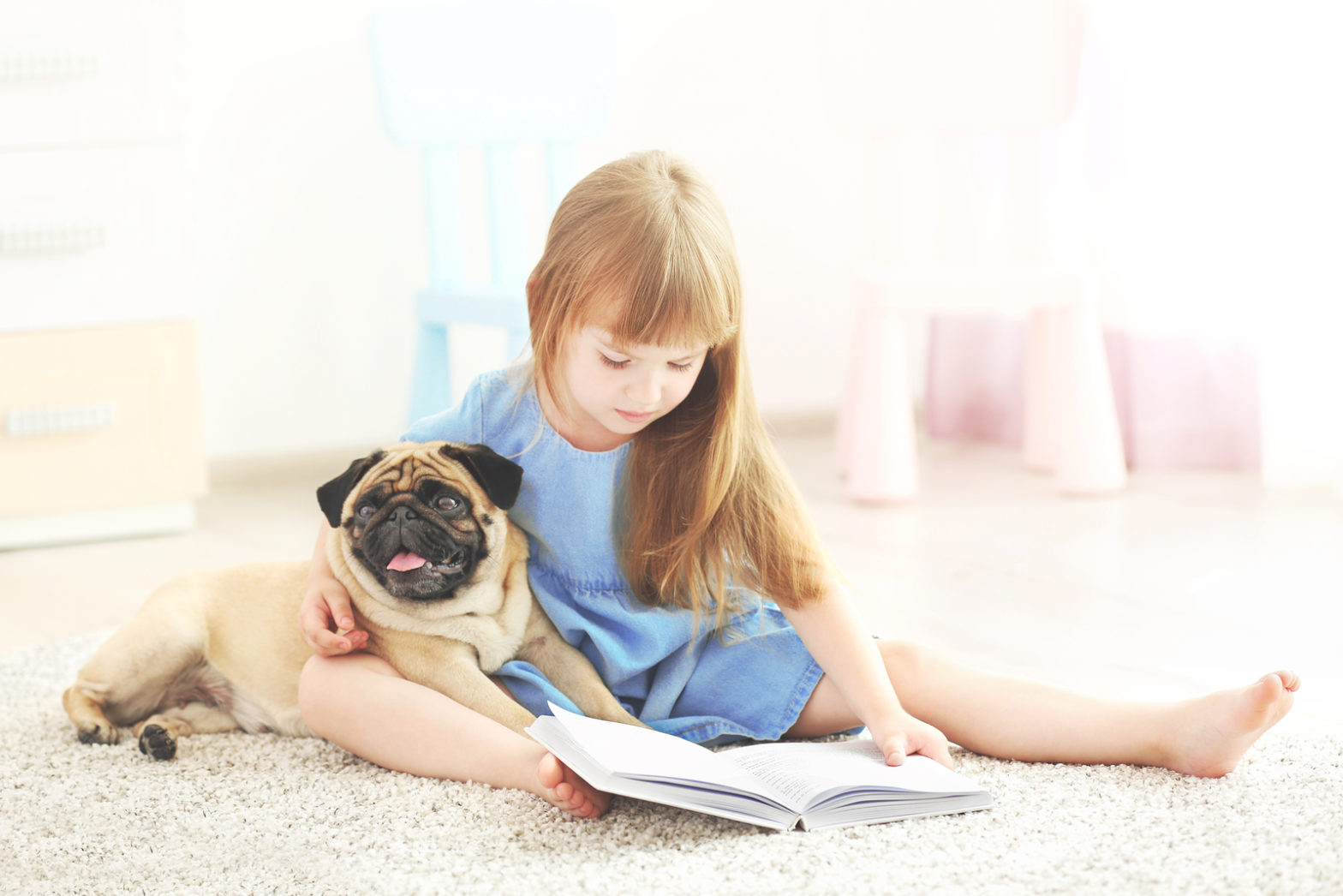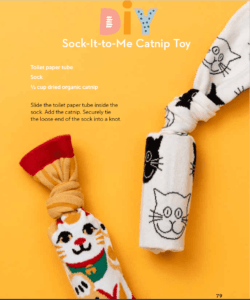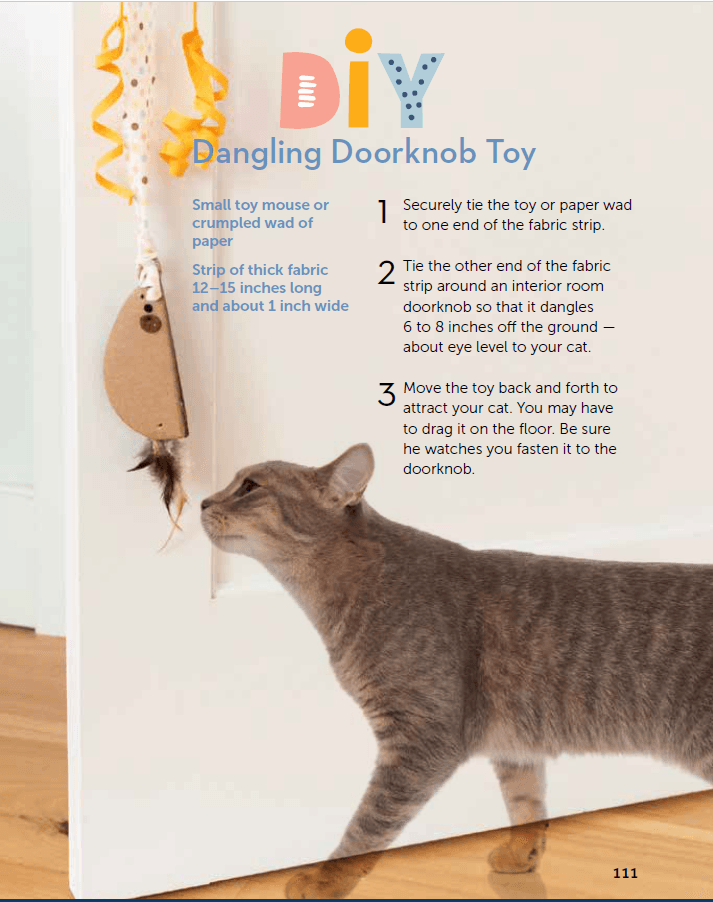Got bored kids, dogs, and cats at home because of the quarantine? To the rescue are two new books by Fear Free contributor Arden Moore, herself a Fear Free certified professional. She has written “A Kid’s Guide To Cats” and “A Kid’s Guide To Dogs” (Storey Publishing, ebook, $9.99, paperback, $14.95). Both are filled with pet facts (including advice from her own Casey the cat and Kona the dog), quizzes, training tips, recipes, and easy DIY projects.
It’s not just fun for kids to spend time with animals. It’s an essential part of building that lifelong love for and friendship with them.
“Taking the time to befriend your animal and to participate in activities they enjoy, in a way that they feel happy and relaxed with, is an opportunity to create a lasting connection and meaningful relationship with our pet,” says Mikkel Becker, Fear Free’s lead trainer. “Animals understand us, and when we listen, we can understand them in turn, because they’re always communicating with us–in large part through their body language.”
We asked Arden to share some DIY toys and activities from the books that cat- and dog-loving kids (and adults) can do right now. Have fun!
Sock It To Me Catnip Toy
“I really like this one because we’re recycling with the toilet paper roll, and you can grow the catnip in your garden if you want,” Moore says. “It’s inexpensive, it’s easy, and cats get to have a lot of fun.”
Marvelous Mutt Meatballs
My own dogs have enjoyed these. Bonus: humans and cats can eat them, too.
Dangling Doorknob Toy
My mother showed me how to make a similar toy for my first cat, Mr. Boo, a, uh, really long time ago. The only difference was that I dragged it behind me for him to chase. He loved it!
Two Dog Toys
I’m not a crafty person but I’ve made the Treat Puzzle Toy for my own dogs, and they had a blast removing the treats from it.

Excerpted from A Kid’s Guide to Dogs and A Kid’s Guide to Cats by Arden Moore, used with permission from Storey Publishing
This article was reviewed/edited by board-certified veterinary behaviorist Dr. Kenneth Martin and/or veterinary technician specialist in behavior Debbie Martin, LVT.











